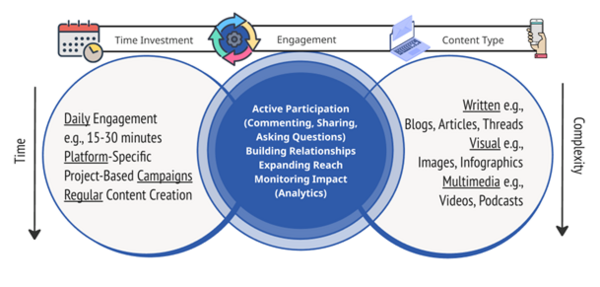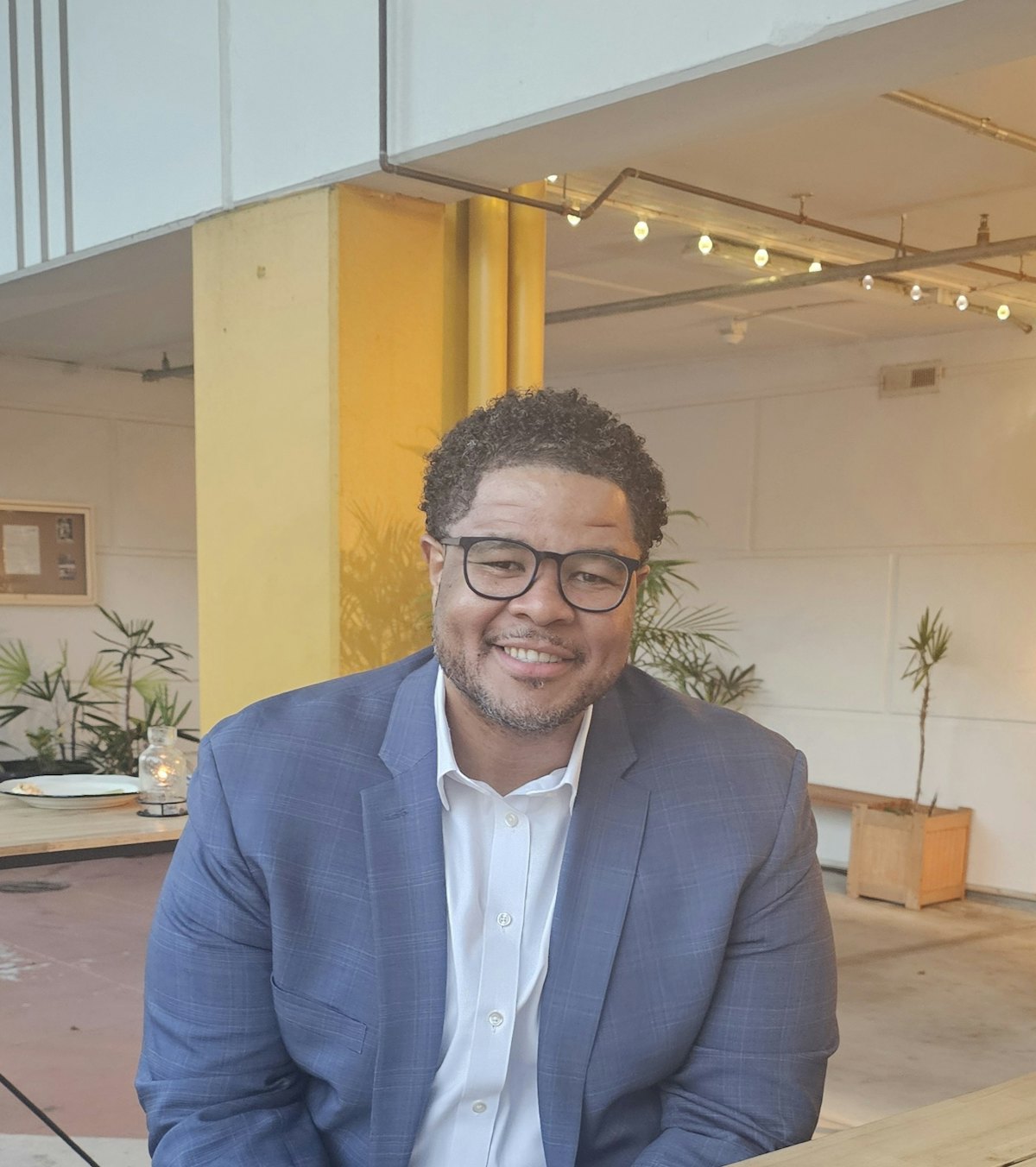Don’t Let Legacy Programs Stall Your Growth
In higher education today, generating buzz around new program launches is often viewed as the key to growth and market relevance. While there’s nothing wrong with investing in new programs when it makes sense, institutions tend to do so at the expense of existing offerings — including those that built their reputation. Yet legacy programs, when strategically audited and repositioned, can become some of the strongest assets in an institution’s portfolio.
The challenge is that these programs often don’t receive the same level of attention or investment as new launches. Over time, many become overshadowed — not necessarily because they’ve lost relevance, but because the institution’s focus has shifted. Without consistent evaluation and modernization, the programs may begin to stagnate — enrollments flatten, marketing efforts diminish — while they continue to drain resources and faculty energy.
At the same time, legacy programs often hold unique advantages that newer offerings lack: established reputations, loyal alumni networks, and faculty with deep expertise. When they’re reexamined and repositioned through a strategic lens — leveraging internal data, market insight, and refreshed messaging — legacy programs can drive renewed growth in an increasingly competitive marketplace.
Auditing Programs for Their Growth Potential
A deliberate, data-informed audit of an institution’s programs can be the first step toward revitalizing those that are underperforming. A well-designed audit doesn’t just identify weaknesses — it also can uncover opportunities for renewal and growth.
A program life cycle audit assesses the current health of existing programs and tracks their performance over time. Key metrics in an audit might include:
- Enrollment and retention trends, to gauge the program’s long-term viability
- Course completion and graduation rates, as indicators of students’ satisfaction and support
- Employment outcomes, to measure the program’s industry relevance and career alignment
- Faculty-learner ratio, to ensure efficient use of instructional resources
- Program search demand trends, to gauge the market’s interest in the program
This process helps institutions identify whether their legacy programs are declining, stable, or experiencing renewed interest. These insights enable academic leadership teams to direct resources toward the programs that are most likely to drive growth — or sunset programs that no longer advance the institution’s goals.
Audits shouldn’t rely solely on internal data. Comparing a program’s performance results with market demand data — such as regional job growth projections and competitors’ offerings — can clarify what the program’s challenges are and whether they stem from internal execution or broader shifts in the field.
Measuring Program-Market Fit
Analyzing a program’s market fit is just as important as evaluating its internal performance. It can help institutions decide which legacy programs need retooling, which ones are suitable for scale, and which ones should be phased out.
A program’s market fit analysis doesn’t have to be overly complex. It can begin with three fundamental questions:
- Is there still demand?
The analysis should start with a review of labor market data, industry trends, search trends, and alumni outcomes to determine whether a particular field remains robust or if demand is shifting toward other subjects or credentials. - How does our program compare?
The next step is to assess what other institutions are offering in terms of delivery format (such as in-person versus online learning), curriculum, and pricing for similar programs. Understanding the competitive landscape helps identify areas where an institution’s program overlaps with others and where there may be opportunities to differentiate. - Does the program align with our institutional strengths?
Legacy programs often reflect areas where the institution already has deep expertise or established credibility. If those strengths still align with current market demand, they can serve as a solid foundation for a program’s revitalization rather than a reason for its retirement.
Evaluating these three dimensions helps determine whether a program needs a full-blown relaunch or a more subtle refresh. The goal isn’t to reinvent for the sake of reinvention. It’s to make sure that each offering continues to serve students while also supporting the institution’s objectives.
Relaunching Programs With Purpose: Marketing Strategies
When a legacy program still holds value but needs renewed visibility, a structured relaunch can help ensure its continued relevance. Effective relaunches align academic updates, marketing strategy, and admissions communication so that all teams are working toward the same goal: positioning the program for growth.
A comprehensive relaunch checklist can help guide this process. Elements to consider include:
- Program curriculum and delivery updates that reflect today’s learning preferences — such as hybrid or online models to accommodate adult learners — and industry expectations
- Consistent messaging across marketing and admissions, ensuring that both internal and external audiences understand what’s new
- Refreshed and tested marketing materials, including program pages and collateral materials that articulate outcomes, flexibility, and value to prospective students
Refreshing a program’s branding and positioning is a crucial step. Students’ needs evolve, so the program’s story should evolve too. Simple adjustments — such as updating program names for clarity, refining messaging to align with search trends, or highlighting regional workforce connections — can make legacy programs more discoverable and relevant.
Faculty also play a vital role in rebranding. Leveraging their expertise lends authenticity and authority to program relaunches. Featuring their research and industry partnerships in marketing materials reinforces the program’s real-world impact and signals that it’s grounded in experience, not just theory.
Key Takeaways
- New program launches aren’t the only pathway to growth. Sustainable success also stems from repositioning existing programs.
- Strategic audits of legacy offerings that assess their long-term performance and market fit enable your institution to relaunch them with intention.
- Institutions that regularly review and refresh their degree portfolios are better positioned to achieve scalable, market-responsive growth while honoring the programs that built their foundation.
Reinvigorate Your Programs — and Your Growth Strategy
Archer Education partners with dozens of institutions to help them launch new programs and revitalize existing ones to amplify their visibility and drive real growth. In a competitive market, data-driven program strategies enable greater institutional alignment and better market fit.
Contact our team today and let us help you rejuvenate your degree portfolio.











